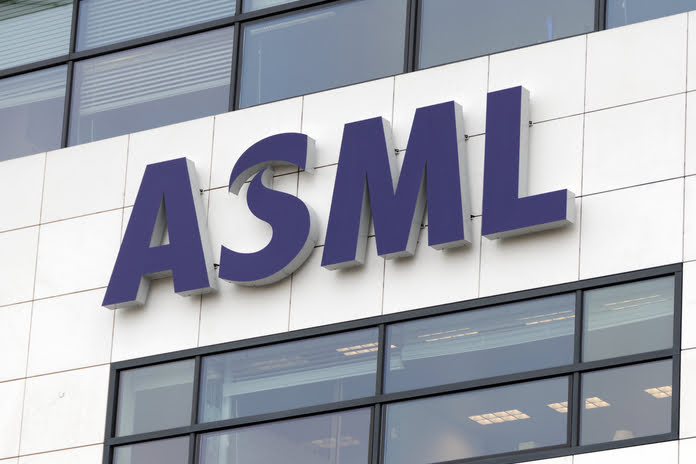ASML Stock (NASDAQ:ASML)
ASML Holding (NASDAQ:ASML), a leading chipmaking equipment manufacturer, has executed five stock splits to date. With its shares currently trading around $870, the $343 billion market cap company may be poised for another split. Stock splits, while not altering the total value of a company, can make shares more affordable and accessible, potentially attracting a broader investor base.
ASML’s Historical Context on Stock Splits
ASML’s share price has experienced significant growth recently. Despite a sharp decline in 2022 and modest returns in 2024, the stock price has surged from $212 to $872, peaking at $1,022 in July. This dramatic increase has made it challenging for smaller investors to buy shares without substantial capital or fractional share access.
The company’s last traditional stock split occurred on April 17, 2000, when ASML executed a 3-for-1 split. A share purchased before this split would now be approximately 2.05 shares. Since then, ASML has seen a total return of 2,070%, indicating substantial growth well beyond previous split levels.
Current Outlook and Potential for a New Split
ASML’s performance has been closely tied to the semiconductor and AI markets. While revenue saw a sharp rise during the AI boom, 2024 has seen a slight dip due to slower chipmaking expansion and inventory surpluses. The company’s stock recently fell 15% from its peak, but with expectations of improved industry conditions and increasing demand for high-end equipment, a stock split could be on the horizon.
The company is also advancing its High Numerical Aperture Extreme Ultraviolet (High-NA EUV) lithography systems, with significant orders from Taiwan Semiconductor (NYSE:TSM) and Intel (NASDAQ:INTC). These high-value machines, priced at $380 million each, could boost ASML’s revenue in the coming quarters.
Dividends and Buybacks: A Mixed Signal
Despite the growth potential, ASML’s current cash management strategies show less optimism. Dividend payouts have not increased, and stock buybacks are declining. Typically, rising dividends and buyback budgets signal confidence in future growth, but ASML’s cautious approach might reflect geopolitical tensions and economic uncertainties.
The company faces challenges such as tariffs and trade restrictions imposed by the Netherlands, the United States, and China. Moreover, ASML’s high valuation ratios—trading at 48 times earnings and 109 times free cash flow—might suggest that a stock split could be more beneficial after strengthening its financial foundation.
Why ASML Might Delay Its Next Split
ASML may opt to delay announcing a stock split until geopolitical tensions ease and customer demand recovers. Despite the high share price, the company’s long-term prospects in the semiconductor and AI markets remain strong. Investors should consider adding ASML stock to their portfolio, particularly during market dips, and explore fractional shares if the high price is a concern.
Featured Image: Megapixl



